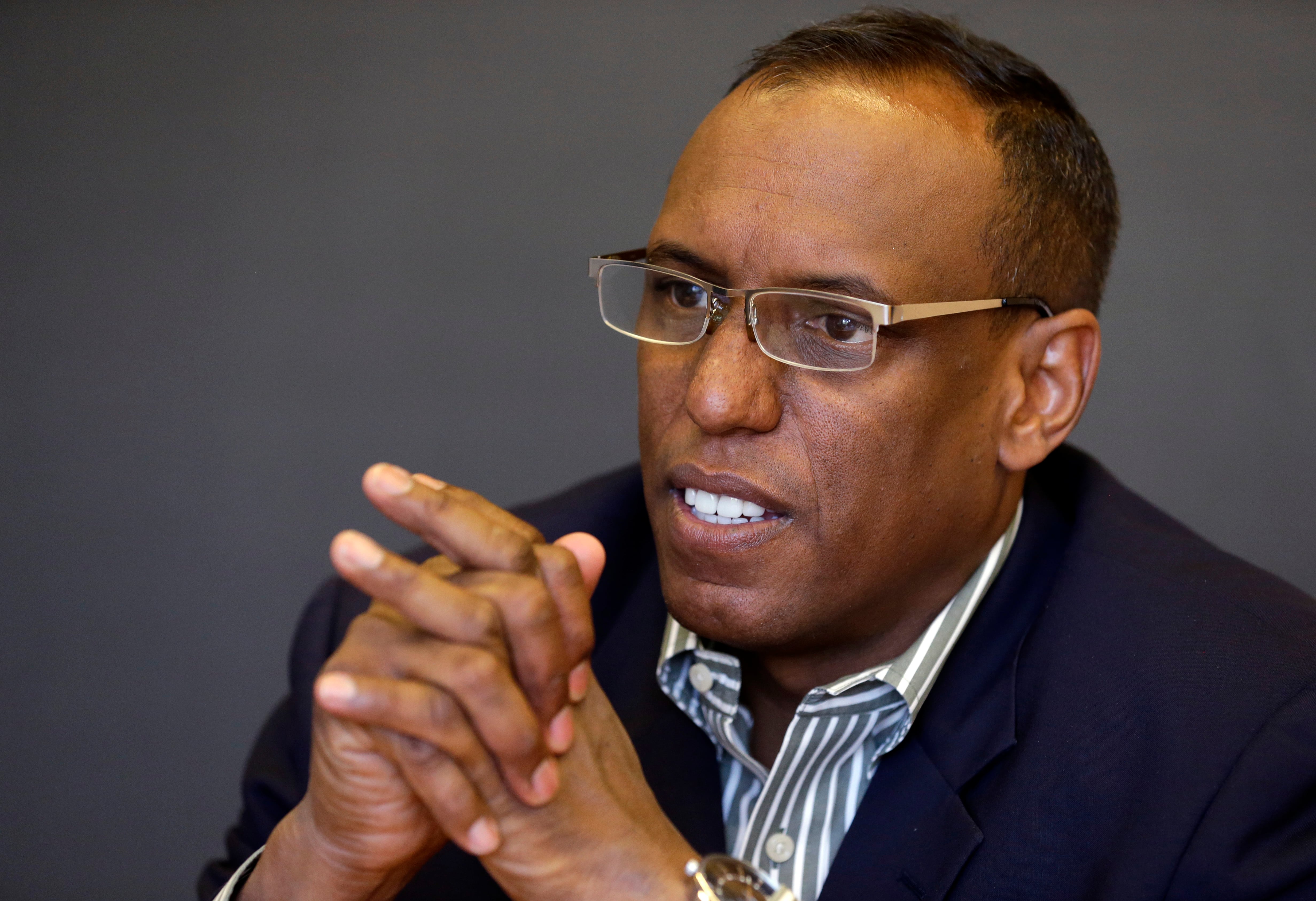Veterans Affairs officials are promising more focused initiatives to improve minority representation in department leadership positions, but outside advocates remain skeptical that the efforts can work.
“To be honest, it’s rather difficult to fully invest in processes that have existed for some time and expect them to yield different results,” said Victor LaGroon, director of the Black Veterans Empowerment Council, said during a congressional hearing Thursday. “I think we’re absolutely right when we say that we need to put our foot on the gas and expect more and push further.”
About 43 percent of VA employees are non-white, and about 61 percent are women, figures that lawmakers on the House Veterans’ Affairs Committee said show a commitment to diversity within the department.
However, that same mix does not hold true for senior VA posts.
RELATED

White men make up half of the department’s senior career posts despite comprising only 23 percent of the total workforce. Black women make up slightly less of the workforce (17 percent) but hold only 6 percent of those same leadership jobs.
Lawmakers noted that data tracking LGBT individuals within senior posts at VA is incomplete and inconsistent, making tracking the progress of those groups almost impossible.
And officials with the American Federation of Government Employees said promotion of Black employees has also remained frustratingly low in recent years. Less than 3 percent of Black applicants for management positions were promoted, lower than the rate of other applicants.
“The VA must work harder to ensure that it’s management and senior officials look more like the veteran population and its workforce,” said Dr. Shelia Elliott, a pharmacist at the Hampton VA Medical Center and chapter president for AFGE.
“This means, at a minimum, making sure crucial positions are filled, and that non-white applicants are given a fair chance to rise and excel.”
Earlier this year, VA Secretary Denis McDonough ordered a full review of department hiring and employment practices to ensure “a welcoming and inclusive environment” throughout the system.
Harvey Johnson, VA’s deputy assistant secretary for resolution management, said that work is already providing suggestions for improvement, but he also warned that putting systematic changes in place will take time.
“It starts with good grooming,” he said. “We have to look at how we are selecting people for the senior executive candidate development program, how we are selecting them for other leadership programs. We have to look at how they are being mentored at the lower [pay] grades, because you start to see these disparities when you get to more senior posts.”
Outside advocates said they support those moves, but also noted that work needs to turn into new policies and procedures to ensure that changes are actually implemented.
RELATED

Last month, White House officials announced plans to nominate Donald Remy as the next VA deputy secretary. If confirmed, he’ll be only the second Black man to serve in the second-highest department leadership post. No women have ever been confirmed to either of the top two VA jobs.
Lawmakers said they are encouraged by the VA initiatives to address diversity in department leadership, but will be keeping close watch on the issue.
“Organizational and cultural change takes years, especially for a large enterprise like VA, but it’s imperative that VA demonstrates progress in building a more diverse inclusive and equitable workplace,” said Rep Chris Pappas, D-N.H., chairman of the veterans committee’s oversight panel. “This will result in a stronger workforce, and ultimately better care for veterans.”
Leo covers Congress, Veterans Affairs and the White House for Military Times. He has covered Washington, D.C. since 2004, focusing on military personnel and veterans policies. His work has earned numerous honors, including a 2009 Polk award, a 2010 National Headliner Award, the IAVA Leadership in Journalism award and the VFW News Media award.





